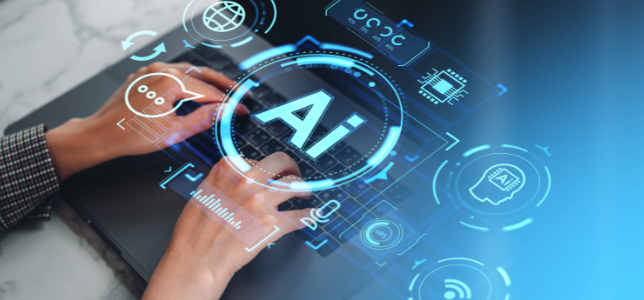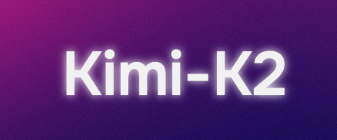Table of Contents
What is Kwai Keye-VL?
Why is Video-Language AI So Important?
Key Features of Keye-VL
Step-by-Step: How to Get Started with Kwai Keye-VL
Real-World Applications and Use Cases
What Sets Keye-VL Apart from Other AI Models?
Final Thoughts: The Future of Video-Language AI
What is Kwai Keye-VL?
Kwai Keye-VL is an open-source video-language AI model developed by Kuaishou, a leading Chinese short-video platform. Unlike traditional AI models that only focus on images or text, Keye-VL is designed to understand, interpret, and generate both video and language content. It’s trained on massive datasets, allowing it to grasp context, describe scenes, answer questions about videos, and even generate video captions with impressive accuracy. For developers, this means an unprecedented level of flexibility and capability in building intelligent video applications.
Why is Video-Language AI So Important?
The rise of video-language AI models like Keye-VL is transforming how we interact with digital content. Videos make up a huge chunk of the internet, but until recently, AI struggled to "understand" them beyond basic object recognition. With models like Keye-VL, machines can now watch a video and generate accurate, context-aware descriptions or answer questions about what’s happening — opening up new opportunities for accessibility, content moderation, and creative tools. This is a big leap for anyone who wants to make sense of large video libraries or build smarter video apps.

Key Features of Keye-VL
Open-source and developer-friendly ??
State-of-the-art (SOTA) performance on multiple video-language benchmarks ??
Supports video captioning, visual question answering, and multimodal retrieval ??
Highly scalable and optimised for real-world deployment ??
Backed by Kuaishou’s massive video data and research expertise ??
The combination of these features makes Kwai Keye-VL stand out as a go-to choice for anyone looking to integrate advanced video-language capabilities into their projects.
Step-by-Step: How to Get Started with Kwai Keye-VL
Ready to dive in and see what Keye-VL can do? Here’s a detailed walk-through to help you get started:
Check the Official Repository
Head over to the official Kwai Keye-VL GitHub repository. Here, you’ll find all the code, documentation, and pre-trained models you need. Make sure to read the README file for the latest updates and requirements.Set Up Your Environment
Depending on your system, you may need to install Python, CUDA, and other dependencies. The repo will usually list the exact versions required. Use virtual environments like conda or venv to keep things tidy and avoid conflicts with other projects.Download Pre-Trained Models
For most users, starting with pre-trained weights is the best way to test the model’s capabilities. The repo should provide download links and instructions. Make sure you have enough disk space — these models can be big!Run Inference on Sample Videos
Try running the demo scripts on sample videos. You can use the provided test videos or your own clips. Check the output captions, answers, or retrieval results. Tweak the parameters to see how the model handles different scenarios.Integrate or Fine-Tune for Your Use Case
Once you’re comfortable, you can start integrating Keye-VL into your own applications. If you have a specific dataset or use case, consider fine-tuning the model for even better results. The documentation will guide you through the process, but be prepared for some heavy GPU usage if you’re training from scratch!
Real-World Applications and Use Cases
The potential of Kwai Keye-VL goes way beyond academic benchmarks. Here are some real-world scenarios where it shines:
Automated video captioning for accessibility tools
Content moderation by understanding context, not just keywords
Smart search and retrieval in massive video libraries
Interactive virtual assistants that can “watch” and discuss videos
Enhanced video analytics for marketers and researchers
The flexibility and open-source nature of Keye-VL mean that new use cases are popping up all the time, driven by a global community of developers.
What Sets Keye-VL Apart from Other AI Models?
While there are several video-language AI models out there, Keye-VL stands out for its combination of open-source accessibility, SOTA performance, and real-world focus. Unlike some models that are locked behind APIs or only available for research, Keye-VL is designed for everyone. Its training on diverse, large-scale video datasets gives it a practical edge, and its modular design means you can adapt it to your needs — whether you’re building a new app or supercharging an existing workflow.
Final Thoughts: The Future of Video-Language AI
Kwai Keye-VL is more than just a technical achievement; it’s a sign of where AI is headed. As video continues to dominate online content, the need for smarter, more intuitive tools will only grow. With its blend of power, flexibility, and openness, Keye-VL is well positioned to lead the next wave of innovation in video-language understanding. If you’re keen to explore the cutting edge of AI — or just want to make your video content smarter — now’s the perfect time to dive in.








